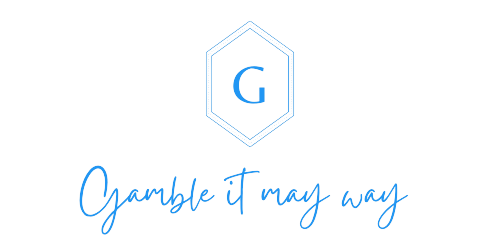
- by admin
Table of Contents
ToggleIntroduction
QuickBooks Desktop Enterprise is a powerful accounting software designed to meet the needs of medium-sized businesses and enterprises. It offers advanced features and functionalities that can help streamline financial management and improve overall business efficiency. In this beginner’s guide, we will explore how to use quickbooks enterprise and provide step-by-step instructions on how to use this robust software effectively.
Getting Started with QuickBooks Desktop Enterprise
System Requirements: Before installing QuickBooks Desktop Enterprise, ensure that your computer meets the minimum system requirements.
Installation and Setup: Learn how to install QuickBooks Desktop Enterprise and set up your company file, including configuring preferences and creating user accounts.
Navigating the QuickBooks Desktop Enterprise Interface
Dashboard Overview: Familiarize yourself with the main dashboard, which provides a snapshot of your company’s financial data, including income, expenses, and account balances.
Menu Navigation: Understand the various menus and submenus within QuickBooks Desktop Enterprise to access different features and functionalities.
Customizing the Interface: Personalize your QuickBooks experience by customizing the layout, icons, and reports to suit your preferences.
Managing Company Finances
Chart of Accounts: Learn how to set up and manage your chart of accounts, which organizes your company’s financial transactions into specific categories.
Creating Invoices and Sales Receipts: Generate professional-looking invoices and sales receipts to bill your customers for products or services rendered.
Managing Bills and Expenses: Track and pay your bills, record expenses, and keep a close eye on your cash flow.
Bank Reconciliation: Learn how to reconcile your bank accounts with QuickBooks Desktop Enterprise to ensure accurate financial records.
Advanced Features of QuickBooks Desktop Enterprise
Advanced Reporting: Explore the powerful reporting capabilities of QuickBooks Desktop Enterprise, including creating customized reports to gain valuable insights into your business performance.
Inventory Management: Understand how to efficiently manage your inventory, track stock levels, and automate reordering processes.
Payroll Processing: Discover how to process payroll within QuickBooks Desktop Enterprise, including calculating employee salaries, generating pay stubs, and managing tax filings.
Job Costing: Learn how to track and allocate costs to specific jobs or projects to gain visibility into profitability and project performance.
Collaboration and Integration
Multi-User Access: Set up and manage multiple user accounts, enabling simultaneous access to QuickBooks Desktop Enterprise for improved collaboration within your organization.
Third-Party Integration: Explore how QuickBooks Desktop Enterprise integrates with other software and tools to streamline processes, such as customer relationship management (CRM) systems or e-commerce platforms.
Also Read: HOW DID JEFF LERNER MAKE HIS MONEY? UNVEILING THE PATH TO SUCCESS
Conclusion
QuickBooks Desktop Enterprise is a comprehensive accounting solution designed to meet the needs of growing businesses. By following this beginner’s guide, you can learn how to navigate the software’s interface, manage your company’s finances effectively, utilize advanced features, and collaborate seamlessly with your team. With QuickBooks Desktop Enterprise, you can streamline your financial management processes, gain valuable insights into your business, and focus on growing your enterprise successfully.
